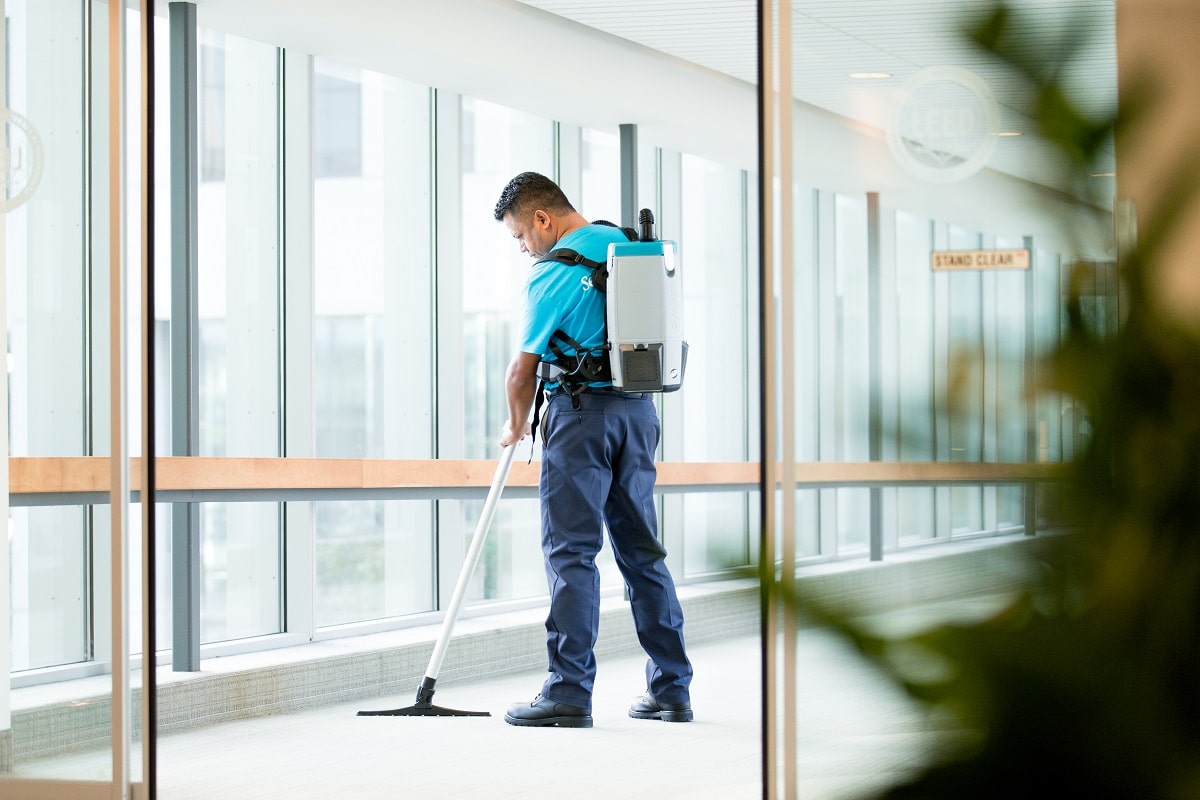Accelerating Production: The World of Rapid Tooling
In the fast-paced landscape of manufacturing, the need for swift and efficient production processes has given rise to innovations such as rapid tooling. This method, at the intersection of technology and traditional manufacturing, is revolutionizing the way prototypes and end-use parts are produced.
Revolutionizing Prototyping with Rapid Tooling
Traditional prototyping methods often involve lengthy processes, from designing molds to producing prototypes. Rapid tooling, however, expedites this journey. By leveraging advanced technologies like 3D printing and CNC machining, manufacturers can swiftly create molds, significantly reducing the time required for prototyping.
Efficiency Unleashed: Accelerated Production Cycles
The essence of rapid tooling lies in its ability to cut down production cycles. Traditional tooling methods may take weeks, if not months, to produce molds. In contrast, rapid tooling techniques can generate molds in a fraction of the time. This accelerated production cycle translates to faster time-to-market for products, a crucial factor in today’s competitive business environment.
Precision and Quality in Every Mold
One might question whether speed compromises the quality of molds. The answer lies in the precision offered by rapid tooling technologies. Advanced machinery and computer-aided design ensure that molds produced through rapid tooling are not only fast but also precise, meeting stringent quality standards.
Cost-Efficiency: A Key Advantage of Rapid Tooling
Reducing production time is not the only advantage of rapid tooling; it also contributes to cost efficiency. The streamlined process requires fewer resources, minimizing labor costs and material wastage. This makes rapid tooling an attractive option for both prototyping and large-scale production, offering a cost-effective solution without compromising on quality.
Versatility of Materials: Meeting Diverse Manufacturing Needs
Rapid tooling is not confined to a specific set of materials. Manufacturers can choose from a wide range of materials, including various plastics and metals, to suit the specific requirements of the end product. This versatility enhances the applicability of rapid tooling across different industries and manufacturing scenarios.
Rapid Tooling in Action: Bridging the Prototyping Gap
One of the notable applications of rapid tooling is its role in bridging the gap between prototyping and full-scale production. Manufacturers can use rapid tooling to create prototypes that closely mimic the final product, allowing for thorough testing and evaluation before committing to large-scale production.
Adopting Innovation: Integrating Rapid Tooling into Manufacturing
As the manufacturing landscape evolves, businesses are increasingly recognizing the advantages of rapid tooling. Its ability to streamline processes, reduce costs, and maintain high-quality standards makes it a valuable addition to the manufacturing toolkit. To explore the possibilities of rapid tooling, visit Rapid Tooling for insights and solutions.
The Future of Manufacturing: Rapid Tooling’s Continued Impact
Looking ahead, rapid tooling is poised to play a pivotal role in the future of manufacturing. Its ongoing evolution, coupled with advancements in technology, promises even greater efficiency, precision, and cost-effectiveness. Manufacturers who embrace this innovative approach are likely to stay at the forefront of a rapidly changing industry.
Rapid tooling is not merely a trend; it’s a transformative force shaping the way products are conceived, prototyped, and brought to market. As businesses seek ways to stay competitive and agile, the world of rapid tooling stands as a beacon of innovation, offering a pathway to accelerated production and enhanced manufacturing capabilities.











